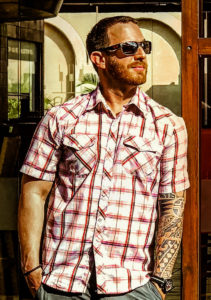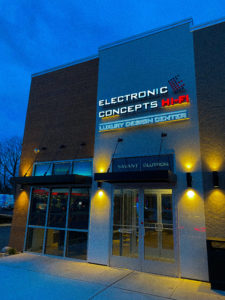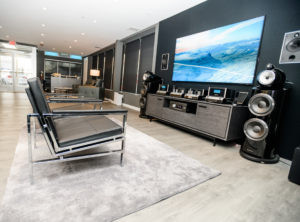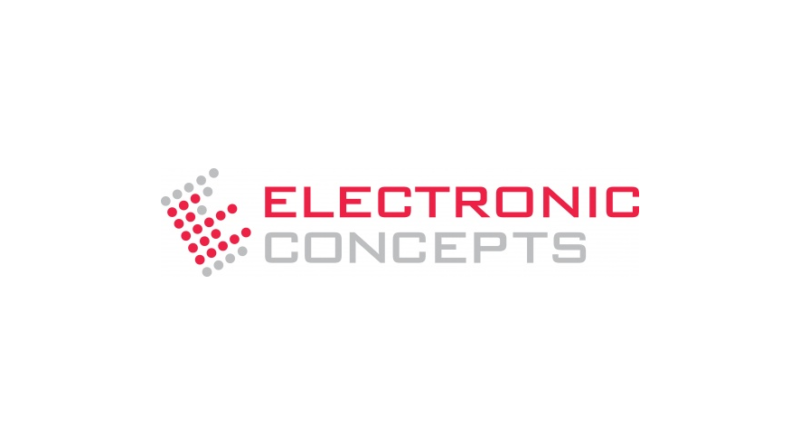I recently talked with Paul Bochner, owner of Electronic Concepts Luxury Design Center in Rochelle Park, NJ about getting in the biz, marketing to a younger generation, and how his integrator background helps him sell performance audio. Part 1.

Maureen Jenson: Paul, you’re a young guy selling very high-end audio products. How did you get involved in this space and how did that lead you to where you are today?
Paul Bochner: My dad loved music and I remember when he bought his first CD player and tried to explain to me why it was better than LPs, though he had no idea. My best friend and I also played guitar and drums together which got me to appreciate sound and music at a young age. Somewhere around age 13, I found Pink Floyd and learned what music really was and that’s when I started listening more carefully. Then years later, a friend asked for me to help wire a house for audio and I was hooked. My first job in residential A/V was with Talk of the Town video in NJ in 1999.
Since then, I’ve come a long way. We opened Electronic Concepts Luxury Design Center in Rochelle Park, NJ in 2004, located about 20 miles from Manhattan. Just recently, we completed a 16-month long renovation to redesign our showroom. Now customers have a fantastic opportunity to experience our whole-home control systems by Savant and Lutron as well as state-of-the-art home theater and listening rooms to demonstrate the performance audio brands we represent.

MJ: The “art of the demo” could be described by some as a dying art form. Can you tell us more about your new demo space and the impetus to build the new listening space?
PB: There is a new crop of customers who don’t “know” they actually “need” to experience a demo in order to make an informed buying decision, that’s where a pro integrator comes into play, to educate and deliver a demo that gives that customer the ability to choose.
Before the renovation, we sold a lot of audio gear but we never had a dedicated listening room. Our desire was to create a space for individuals with the means to build their dream systems. To do that, we needed to create an unintimidating, designer-friendly environment that provided an ultimate listening experience.
MJ: Recently you’ve had a lot of success marketing to a younger demographic, can you tell us more about how you did that?
PB: We have had great success with targeted, regional social media campaigns with Facebook and Instagram and most recently, YouTube. We use those channels to wrangle the attention of new customers with our professionally produced videos. With everyone glued to their phones these days, it has been the perfect medium to promote our brand.

MJ: In terms of “new” marketing techniques, which is your favorite and why?
PB: Without a doubt, it is our cinema-level videos of both our store and the Hi-Fi experience. There is a right way to do this and a wrong way. Your content has to be strong and the video quality has to be spectacular. Video has become our favorite platform for Instagram and YouTube; we can create content and precisely target where we want our message to appear.
MJ: I’ve been told your background as an integrator guides your view on selling performance audio. Can you tell us more about that parallel and how you apply it to your work?
PB: At the core, most integrators are fully immersed into audio at some point. Somewhere along the way, we started to forget this. People want performance, they just need to be advised and most importantly, exposed to it. I understand and embrace the need for invisible and basic audio solutions, but this provides the perfect opportunity for integrators to initiate a discussion about offering a better experience with customers even if it is for one single room in a home.
Stay tuned for next week as Paul talks about his newly finished performance audio spaces, how to reclaim the ‘glory of the demo’ and advice for younger audio fans! Part Two here.


